
Published:
Readtime: 12 min
Every product is carefully selected by our editors and experts. If you buy from a link, we may earn a commission. Learn more. For more information on how we test products, click here.
In the hierarchy of alcohol, whisky is the clear winner. But for as long as people have enjoyed distilling alcohol, there are many other spirits that have done their part to disrupt this hierarchy and cleanse a palate everywhere. We often talk about rum, tequila, vodka, and mezcal, but just as important is brandy.
For many drinkers, brandy is a bit of a mystery. They’ve heard the word, but they aren’t quite sure what it is. If you don’t know much about brandy, you likely think it’s simply something your dad or granddad would drink on a chilly night. Unlike the popularity and appeal of whisky, tequila, gin, and even vodka, brandy seems like an old-timey drink from days gone by. But, as you’ll soon learn, it’s so much more than that. In fact, its very umbrella includes a well-known spirit that you probably have imbibed before.
RELATED: While you’re studying alcohol, why not check out the real mystery behind Absinthe?
Man of Many’s Guide to Brandy
We enlisted our drinks expert Christopher Osburn to take us through everything you want to know about Brandy. In this article we’ll answer your main question, ‘What is Brandy?’ but we’ll also dive into a few more topics.
- What is Brandy?
- How is Brandy Made?
- Brandy Alcohol Percentage
- What Does Brandy Taste Like?
- How Do You Drink Brandy?
- Brandy Age Terminology
- VS
- VSOP
- Napolean
- XO
- Hors d’age
- Vintage
- Most Common Types of Brandy
- What’s the Difference Between Brandy and Cognac?
- What are the Best Brandy Brands?
Now, let’s check out everything you should know about Brandy in its entirety.
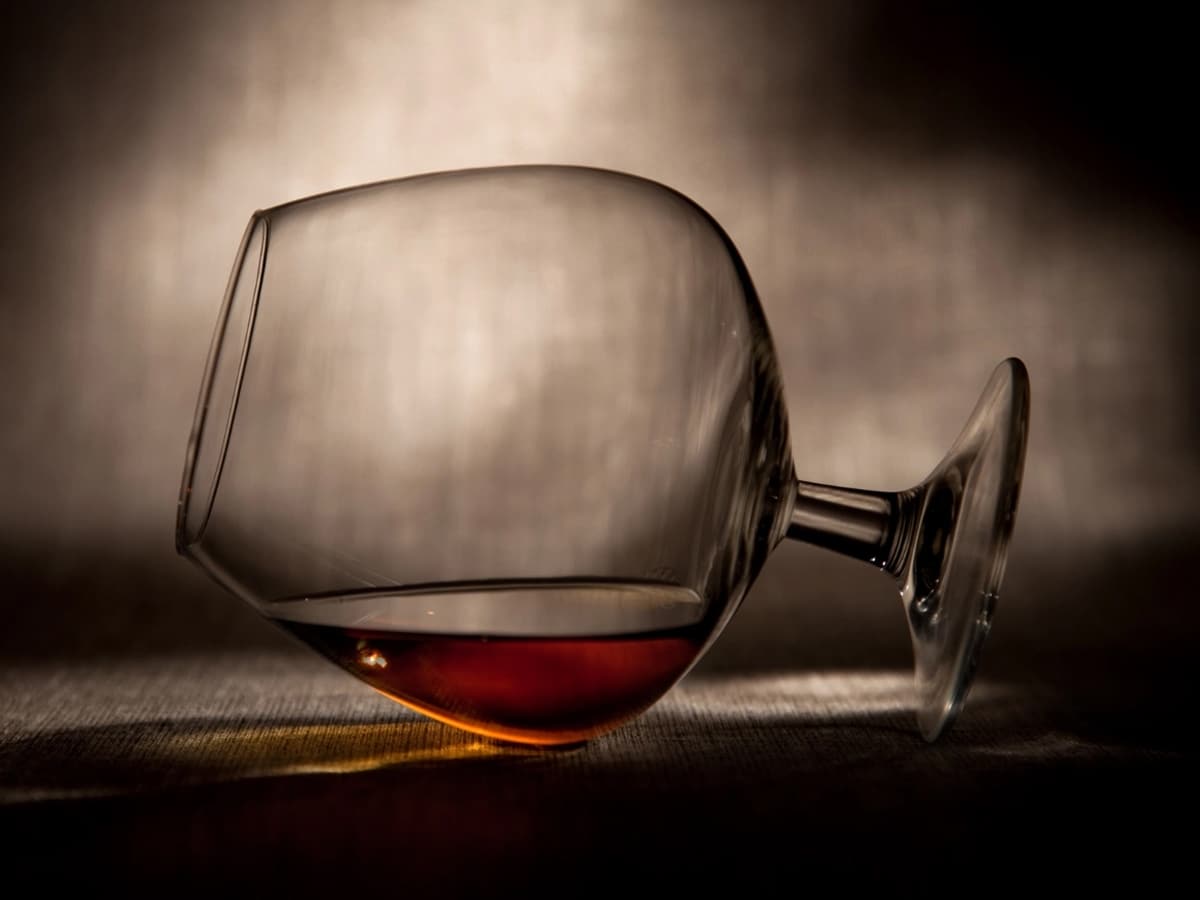
What is Brandy?
The name brandy – like a lot of our favourite alcohol-related lingo – comes from the Dutch. It’s a take on the word brandewijn which translates to “burned wine”. In the simplest terms, brandy is a spirit made by distilling wine. That’s literally the easiest way to explain an extremely complex, complicated form of alcohol. Except in the rarest of instances, brandies are usually matured in wooden casks, taking on an amber-to-caramel colour reminiscent of whiskey.
Unaged, clear brandy is referred to as eau de vie. Many brandies are fairly potent, usually landing around 40-50 per cent alcohol. While you’ll see bottles labelled simply as ‘brandy’ or ‘apple brandy’ or other fruits, brandy also encompasses calvados, grappa, pisco, Armagnac, eau de vie, and of course cognac.
How is Brandy Made?
The process to make brandy starts with wine. The first step is the fermentation of fruit into wine. If you simply want to drink a glass or two of wine, you can stop there. But if brandy is your goal, you need to press on. The wine is then distilled into concentrated eau de vie usually using copper pot stills (but some distillers opt for other types of stills). Unless it’s being marketed as an unaged brandy (like Singani 63), it’s then matured in French, American oak, or another type of wooden barrel or cask. Like with the whiskey aging process, this adds new, mellowing richness and various flavours to the brandy. After the desired maturation period, it’s proofed down using water and then bottled.
Brandy Alcohol Percentage
As mentioned, brandy is a distilled wine. Because of this, it’s highly concentrated. So, while your favourite glass of Sauvignon Blanc might be around 13 per cent alcohol, brandy (like other popular spirits) ranges between 30 to 60 per cent alcohol with some landing even higher. Similar to whiskey, on average, most brandies sit around 40 per cent alcohol (or 80-proof).
What Does Brandy Taste Like?
While flavour profiles differ based on the grapes (or other fruits) used, geographical location, and various other factors, in general, brandy is sweet, mellow, and fairly fruity. Depending on the aging process additional flavours like rich oak, vanilla, caramel, and dried fruits can also be found.
How Do You Drink Brandy?
We’re not here to tell you how you should and shouldn’t drink anything. Like with other spirits, how you enjoy it is up to you. But like with whisky, the best way to enjoy brandy is neat at room temperature because this allows the aromas and flavours to build. However, you can also drink it with a few drops of water in order to open it up a bit, with a few rocks of ice, or mixed into your favourite cocktails. It’s truly a versatile spirit.
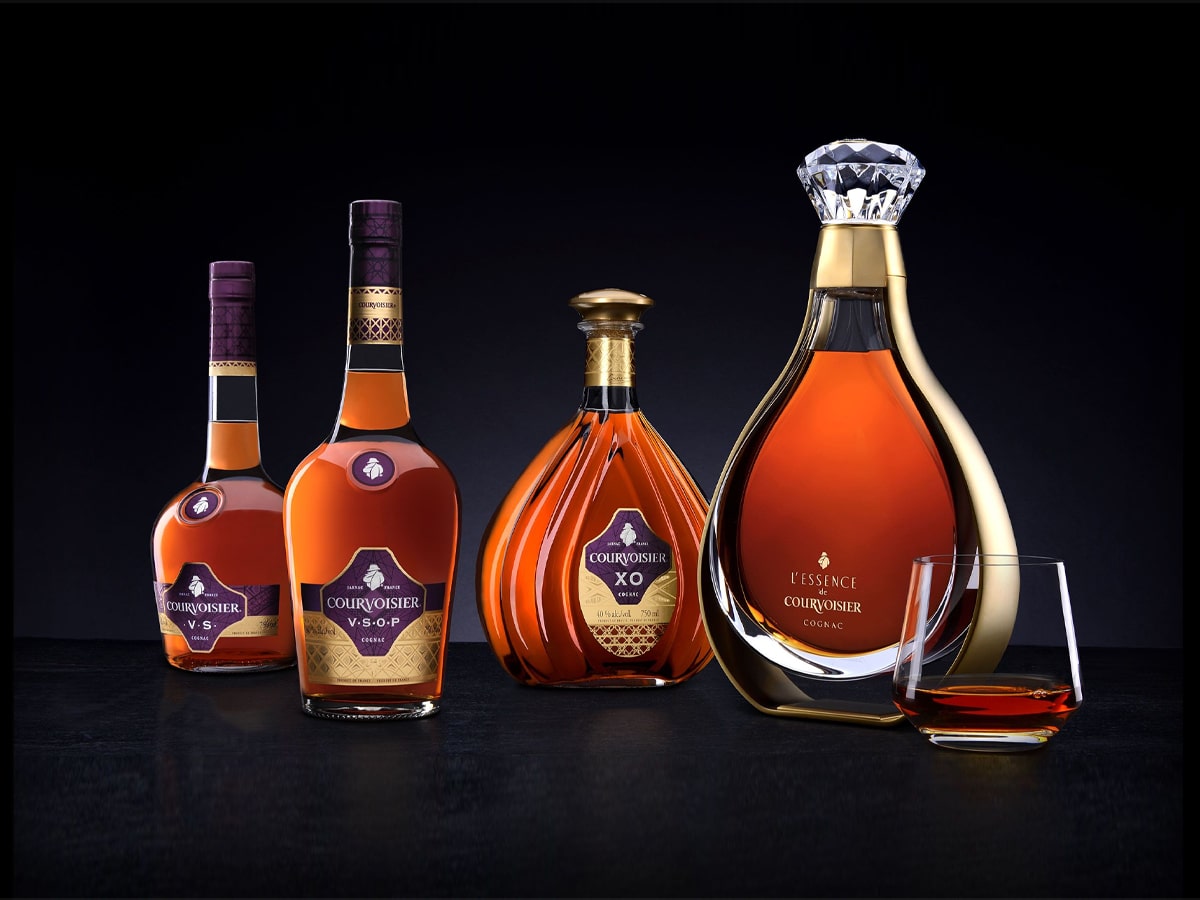
Brandy Age Terminology
It’s important to note that some types of Brandy have no age statement, just like your most basic whiskey. However, unlike whiskey (which is governed by strict rules) Brandy might be unaged or younger than two years. To designate age, many brandies (especially cognac and Armagnac) use specific terms to explain how long they’ve spent maturing in wood before being bottled.
Keep scrolling below to learn about some of the most popular designations and terms you’ll find on a bottle.
VS – aged 2 years or more
VS stands for “Very Special” and is the youngest age statement added to a bottle of brandy. This designates that the youngest eau de vie used to make this brandy was aged in oak barrels (or other barrels) for at least two years. It’s mild and immature in flavour and will tend to lean less on the oak and caramel flavour and more into the dried fruit category. Think of popular entry-level drops such as St Agnes VS Brandy.
VSOP – aged 4 years or more
VSOP stands for “Very Special (or Superior) Old Pale” and is the second youngest age statement listed on a bottle of brandy. To fall under this category, the youngest eau de vie included in this brandy must be aged at least four years. But, since you have to label the brandy based on its youngest spirit, most VSOPs are actually blended with much older brandies. One of our favourites is the St Remy VSOP.
Napoleon – aged 4 to 6 years
Named for the French Emperor Napoleon, this less-often-seen term is used to designate a brandy that includes an eau de vie that was matured for at least four to six years. The reason you don’t see it often is that many brandy makers prefer to use VSOP instead since many Napoleon brandies actually fall under the same parameter – that includes Chatelle, which makes this delightful drop.
XO – aged 10 years or more
If you didn’t guess already, XO stands for “Extra Old”. Technically, to be labelled as an XO brand, the youngest eau de vie must be matured for a minimum of ten years. But, similar to Napoleon, many XO brandies have actually matured for much longer. Just like with bourbon, many brandy drinkers believe that ten years is the sweet spot for rich, mellow, easy-drinking flavour. Entry-level bottles of XO will cost you around $130 AUD, we recommend this bottle from Black Bottle.
Hors d’age – aged 10 years or more
One of the most expensive and sought-after age designations for brandy, the term Hors d’age translates in English to “beyond age”. Technically, it falls under the same category as XO (meaning it’s aged at least 10 years, officially), but most Hors D’age brandies find themselves to be older than 20 years. most of the time, this brandy is made from Spanish Parellada and Ugni Blanc grape varieties of 30 years or more. If you’re looking for an affordable Aussie drop, you can’t look past 1989 Hors D’Age 30-year-old Barossa Brandy from Hayes Family Wines.
Vintage – exact number on the bottle
More common in the world of wine, the term “vintage” can be found on some bottles of brandy. It’s used to designate the year in which the grapes used to make the brandy were harvested. Instead of listing how many years the brandy aged, the vintage lets you know exactly how old it is.

Most Common Types of Brandy (A-Z)
American Brandy
Obviously, American brandy must be made in the United States (although distillers tend to omit the ‘American’ in the title since it’s redundant), but unlike some other types of brandy, this type doesn’t really have many rules and regulations. It can be made anywhere in the US, by any distillery, and can be made using pretty much any fruit. While grapes are used most often, American distillers have been known to make brandies using apples, peaches, pears, and other fruits. The one distinction is that when brandy is made with a fruit other than grapes, it has the designated fruit listed before the word “brandy” (like pear brandy).
Armagnac
Novice brandy fans often have trouble discerning the difference between cognac and Armagnac. Both are produced solely in France (cognac in specific areas in and around Cognac, France and Armagnac in the Armagnac region near Gascony in southwest France). Besides geographical differences, while cognac is distilled in traditional pot stills, Armagnac is distilled in column stills.
Brandy de Jerez
If you’ve heard of Jerez in southern Spain, you probably know about the area’s sherry and its ties to the world of single malt Scotch (like The Macallan and GlenDronach). But the area is also home to brandy de Jerez, a type of eau de vie aged in former sherry butts, using the solera maturation process. There are rules governing this type of brandy, with every bottle authenticated and required to have the logo of the Brandy de Jerez Regulatory Council.
Cognac
While brandy is the name for the spirit itself, cognac is by far the most popular type. To be referred to as cognac, the white wine-based spirit must be distilled two times in copper pot stills and aged in French oak barrels for at least two years. The rules and regulations don’t end there though. It must be made in the Cognac region and the surrounding areas of Charente and Charente-Maritime.
Eau-de-vie
Eau de vie translates to “water of life” and it’s the base for every kind of brandy. But, while most brandies are then matured, eau de vie refers specifically to any brandy that is clear and unaged. Cognac makers refer to their distilled grape-based spirit as eau de vie before it enters the barrels for aging. Some countries use the term to specifically refer to unaged brandies made from fruits other than grapes.
Grappa
Grappa is an Italian brandy made by fermenting and distilling the leftover grape seeds, skin, and stems (also called pomace) before aging it in wooden barrels. Once used as a way for farmers to use the remaining waste from wine production, grappa is now a popular after-dinner drink. While grappa can be made anywhere, in order to be called Italian grappa, it must be made from grapes grown in Italy, San Marino, or parts of Switzerland.
Pisco
One of the lesser-known types of brandy in much of the world, pisco is a clear, or light amber-hued spirit produced in Peru and Chile. Like cognac, it’s made from fermented grape juice and then distilled. Chilean-produced pisco is more often matured than its Peruvian counterpart. While it’s made in both countries, historians believe it was first created in Peru and the pisco sour is even the country’s national cocktail.
Fruit-based Brandy
While calling a spirit “brandy” designates that it was made using grapes or grape wine as the main ingredient, fruit-based brandies are simply brandies made using other fermented fruits. This includes apples, pears, peaches, apricots, cherries, and other fruits. When labelling these types of brandies, the fruit name is listed before the word “brandy”.
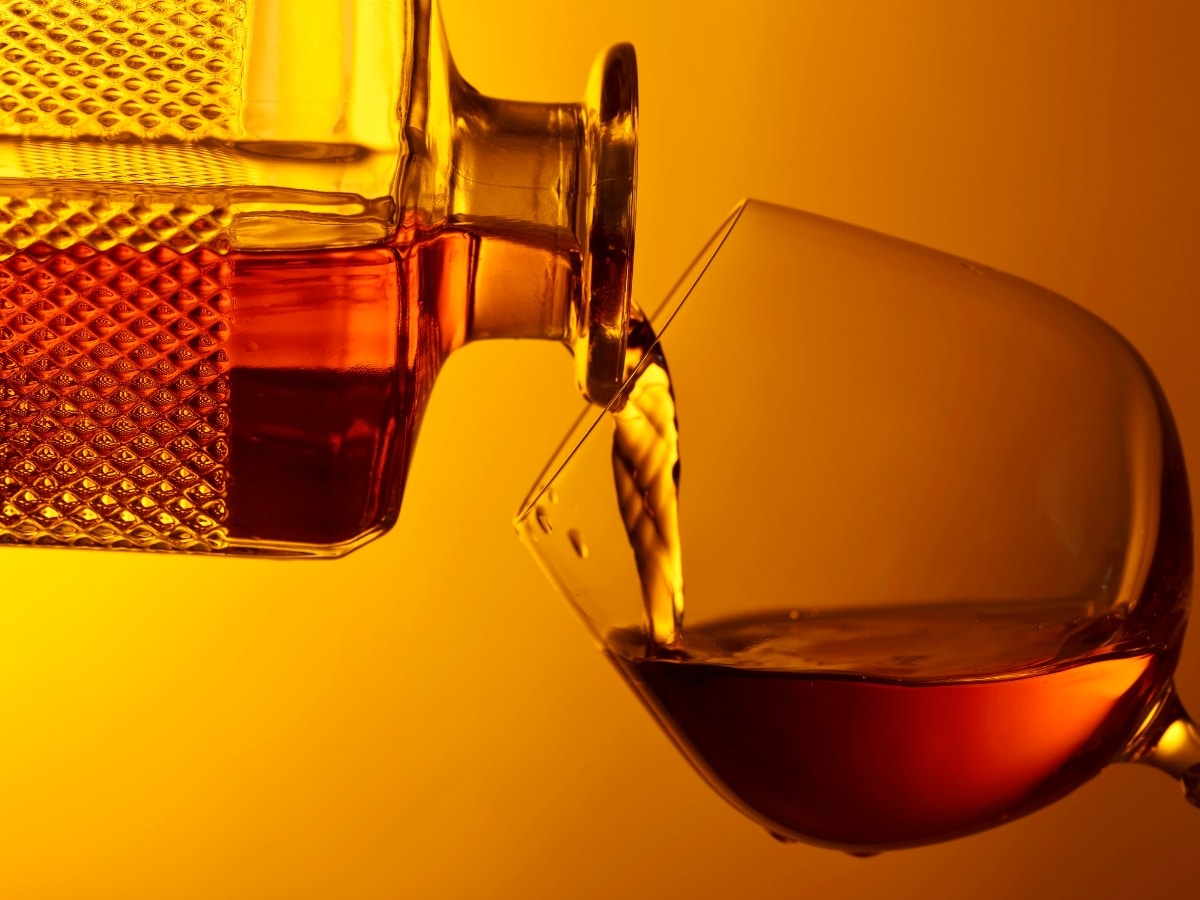
What is the Difference Between Brandy and Cognac?
All cognac is brandy, but not all brandy is cognac. This is similar to the idea that all tequila is mezcal, but not all mezcal is tequila. This is to say that the main spirit that all of the varieties branch out from is called brandy. Cognac is a French, white grape wine-based brandy. Cognac is a type of brandy. That’s as simple of an explanation as there is.

What are the Best Brandy Brands?
Hopefully, you’ve got a grip on the brandy basics by now. And again, if you need a refresher, we cover the difference between brandy and cognac in a separate article right here. Now, let’s move on to the best brandy brands and their finest expressions. Some come from places like France or the USA, while many hail from right here in Australia. Prepare for some smooth sipping.
We’re going to concede that it’s difficult to simply name the best brandy brands as there are so many different varieties of brandy and each appeal to different palates. But, if we had to pick the best, we’d lean towards the likes of Hennessy, Bertoux, Singani 63, Louis XIII, Macchu Pisco, Pierre Ferrand, and those on our list below.
If you’re looking for a complete list of the best Brandy brands we’re sipping right now, check out our list below.
You’ll also like:
Best New England IPAs
Best Alcoholic Ginger Beers for a Spicy Kick
Best American Craft Whiskeys To Drink Right Now
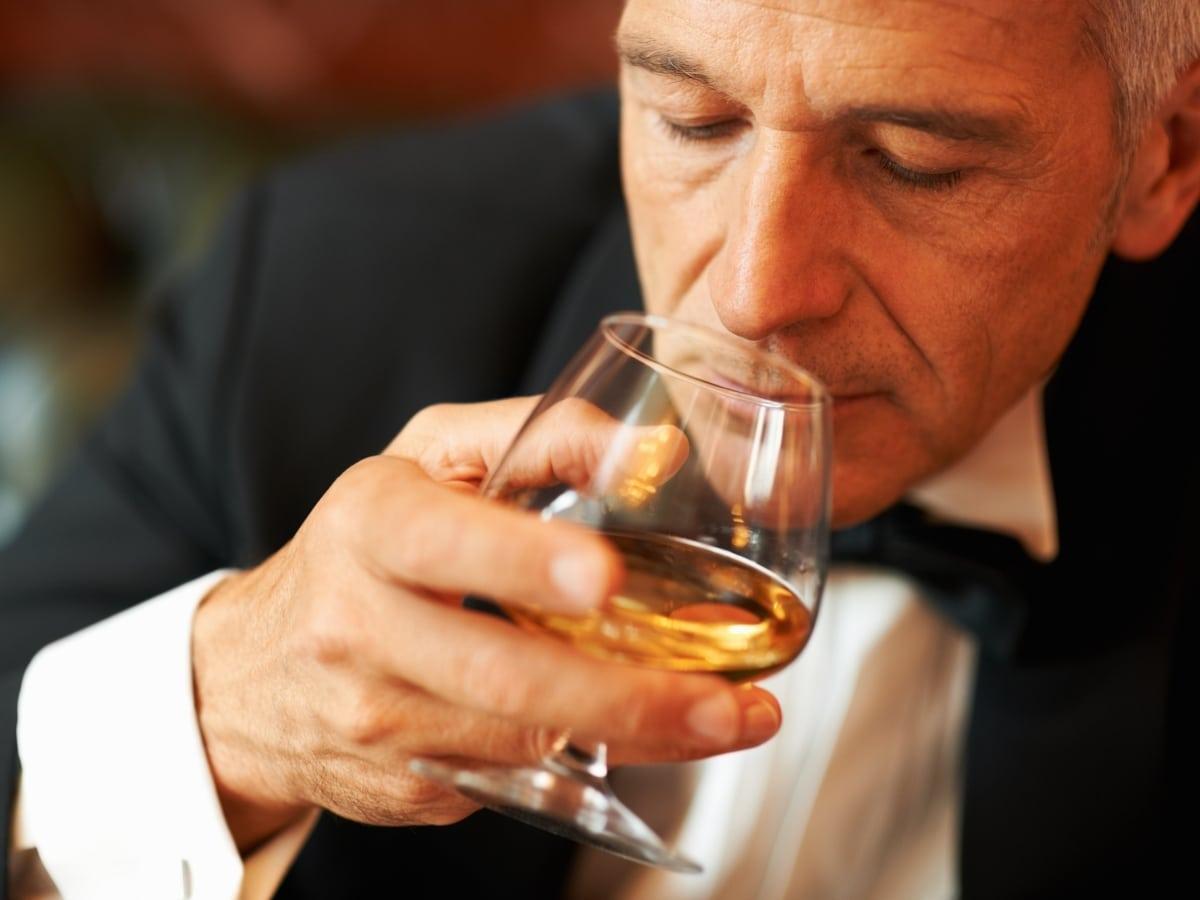





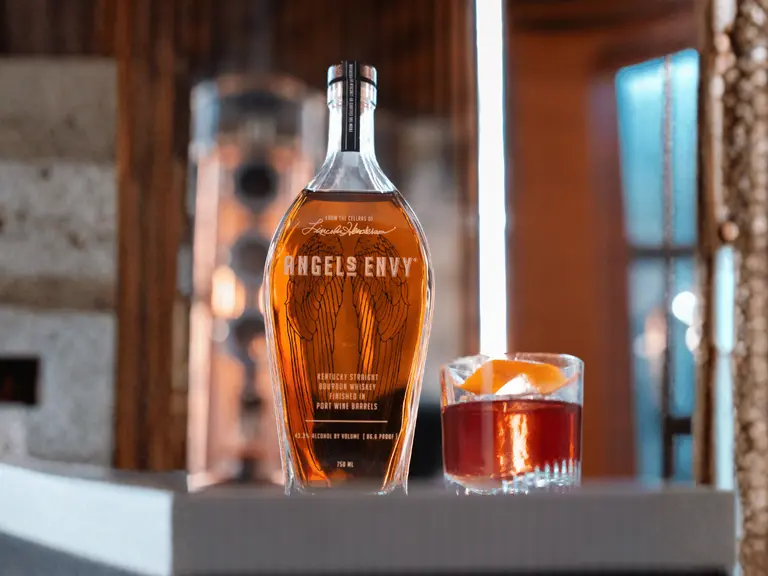














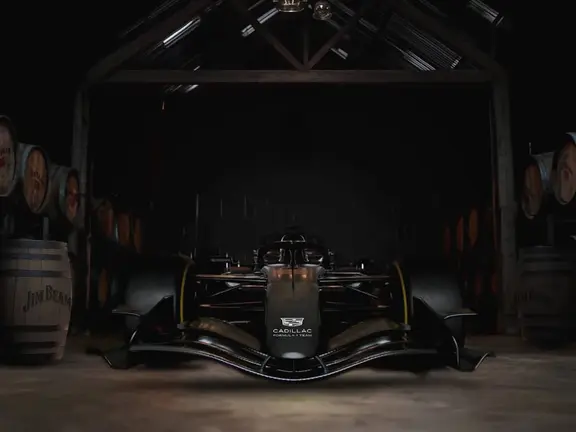

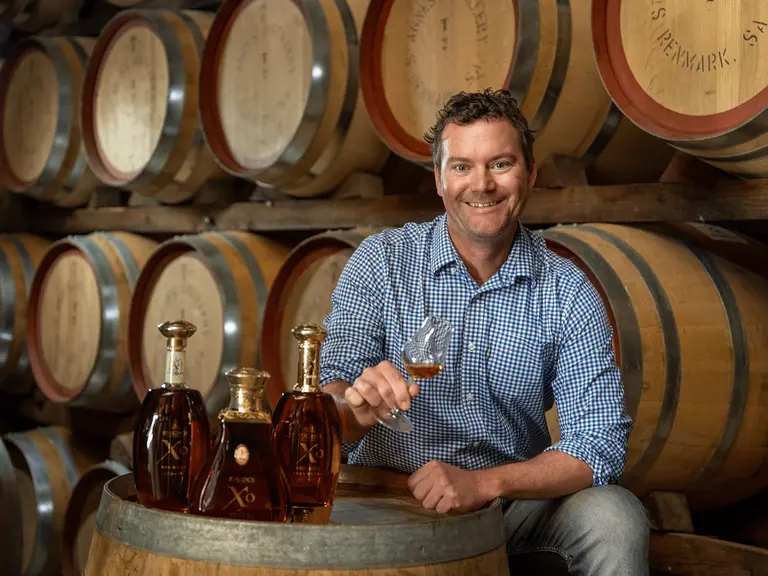

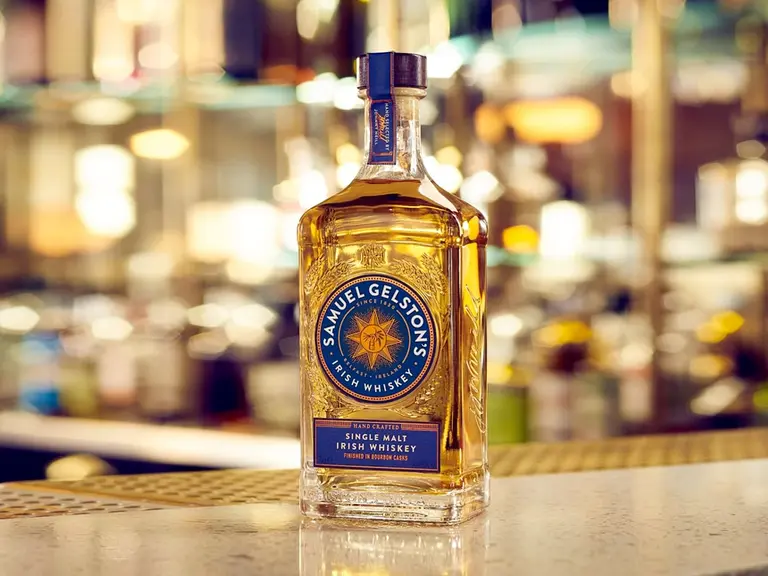
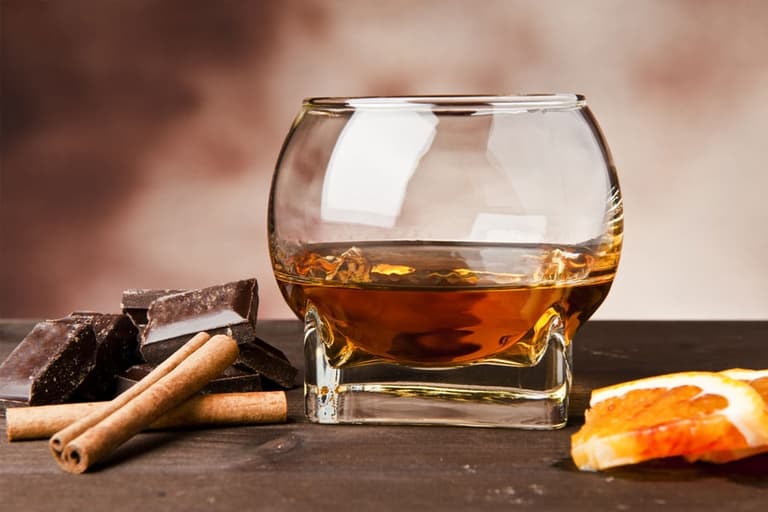
Comments
We love hearing from you. or to leave a comment.